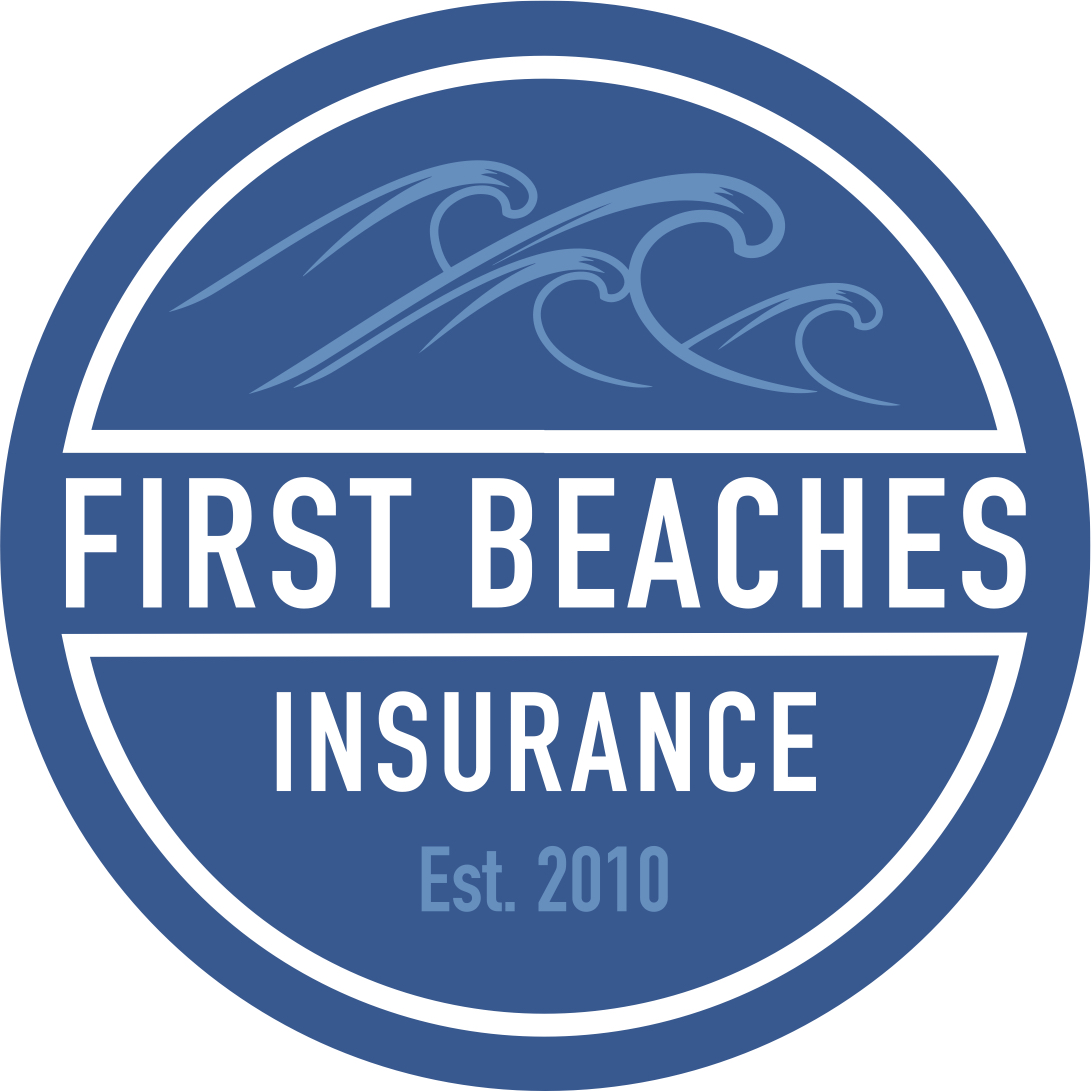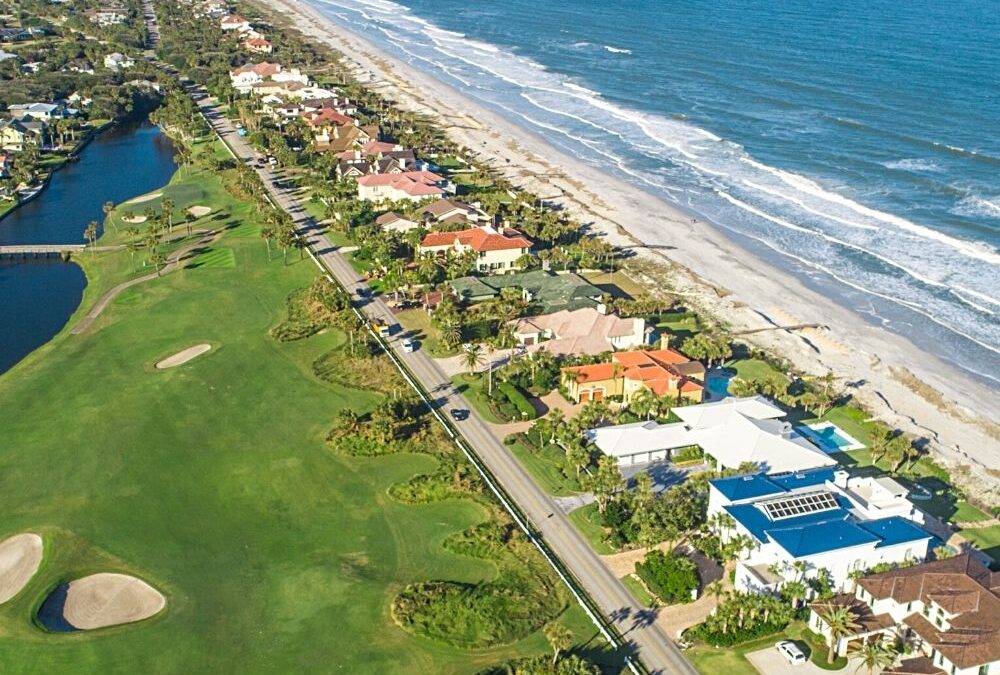Flood Insurance Changes
Starting October 1, 2021, over 3.8 million flood insurance policies will see an increase in the total cost of flood insurance. However, a mere 4% of all policies will record the highest increase, following the implementation of the new methodology by FEMA of the US Department of Homeland Security.
There is good news though: insurance rates for some Florida homeowners will be reduced, and current policyholders will get a window of time before paying higher premiums.
Currently, FEMA (Federal Emergency Management Agency) is evaluating flood risks that homeowners face. The National Flood Insurance Program (NFIP), an agency under FEMA, published new flood insurance rating processes to evenly allocate the cost of insurance for possible flood damage contingent on the risks properties face.
Apparently, homeowners must buy flood insurance in flood zone areas designated by FEMA. There are two considerations for this:
- Whether the property has a 1% annual chance of flooding
- The property’s elevation.
Starting now, considerations include the cost of replacing the property, the type of flood risk (such as rain and river), and proximity to the source of flooding. FEMA also introduced modeling of possible future climate change impacts, such as wildfire risk and sea-level rise. Presently, a home in Montana valued at $200,000 pays the same flood insurance rate as a home in Florida worth $1,000,000. According to recent findings, homes of lesser value spend more than their risk warrants of flood insurance, while higher-value properties are paying less. FEMA premiums are increased at 10% annually, and these adjustments will affect that percentage increase per annum as well.
Flood zones are assessed every 5 years. However, many zones are currently under-qualified and are outside the established flood zone. Hurricane Harvey in Houston is an incredible example where 200,000 homes were lost or damaged, and 75% of the homes lacked flood insurance because most of them were outside the FEMA flood zones. Nonetheless, congress will be reassessing how and when these zones are classified later in the fall of 2021. At the moment, the program does not have to provide sufficient coverage to homeowners who need it. This considerable change will shift the burden onto people who are likely to incur the risk.
The United Nations latest climate report states that climate change and its environmental effects are increasing faster than ever seen. Homeowners should expect policy changes in the future. These changes may be influenced by the escalated risk of other natural disasters such as fires, earthquakes, and storms.
Value for most homes in the US will be affected by this change. The cost of flood insurance and how it impacts a home’s value as well as the maintenance of older homes.
You may be wondering what this means for you. If you are a waterfront homeowner, it would be best to input your property into Flood Factor. First Street is the entity that provides this service to assess the risk of flooding and climate change risk for homes and interpret the risks those homes have for possibly being affected by natural and unforeseen phenomena. Certainly, the insurance cost will increase as climate change continues to cause massive damages on properties, combined with escalating construction costs. Home construction will put more emphasis on “Climate proofing,” which in turn, will add more costs that may be offset by lower insurance premiums.
Insurance companies take into account various construction techniques that offset risk, including elevating homes, security systems for monitoring leaks, flooding, etc, new wind/fire-resistant roof, and using building materials to resist hair, wind, etc.
If you own waterfront property, and you are certain your home has a greater risk of being affected by the forthcoming FEMA changes, you should consider as soon as possible, the negative impact of future insurance costs impacting your property’s market value.
Key Takeaways
The new FEMA changes on flood insurance policies became effective on October 1, 2021, and are to be priced using Risk Rating 2.0 later. Current policyholders can renew their policies at reduced rates.
Policies renewing on April 1, 2022, and later will use Risk Rating 2.0 pricing. Insurance premium surges will be capped at 18% annually and will be increased until the new full flood rate has been attained under the new methodology. Note that FEMA may choose to update the rates once per year.
If you would like to learn more about your available options following the recent changes to flood insurance, contact First Beaches Insurance.

